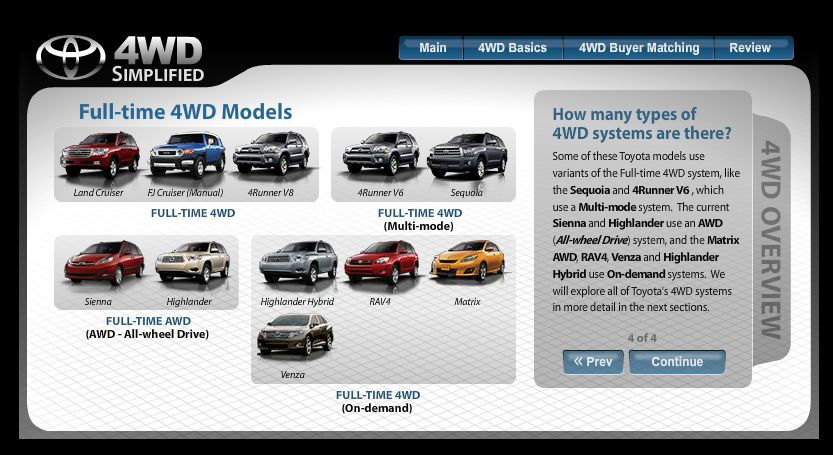I'm strongly considering buying a new Higlander V6 AWD but I'm still having some reservations concerning its ability to tow my boat trailer. The trailer will max out between 3300-3500lbs, fully loaded.
I'm specifically concerned about its ability to handle the tongue weight, at least 300lbs, without dragging its ass too much. Maybe more importantly, I fish a couple of lakes whose boat launches are on very steep inclines, while both are hard surfaces, one asphalt, the other concrete, how well will the Highlander AWD pull my trailer out of the water? How effective is the AWD system at eliminating wheel spin while still having the power to get the boat out?
Maybe part of my issue is my present vehicle is a 2003 V8 4Runner, which has been an absolutely awesome tow vehicle, just too hard on fuel and too difficult for some to get in and out of. Comparing the Highlander to a V8 4Runner might not be fair, but I would hate to spend 40K and not be able to get my boat out of the water.
Both positive and negative experiences/opinions are welcome, would like to stay with Toyota, but I am considering a Honda Pilot as well. The Honda is more $$, but it does have a locking rear diff feature, which would ease some of my concerns.
Thanks in advance. :dunno::dunno:
I'm specifically concerned about its ability to handle the tongue weight, at least 300lbs, without dragging its ass too much. Maybe more importantly, I fish a couple of lakes whose boat launches are on very steep inclines, while both are hard surfaces, one asphalt, the other concrete, how well will the Highlander AWD pull my trailer out of the water? How effective is the AWD system at eliminating wheel spin while still having the power to get the boat out?
Maybe part of my issue is my present vehicle is a 2003 V8 4Runner, which has been an absolutely awesome tow vehicle, just too hard on fuel and too difficult for some to get in and out of. Comparing the Highlander to a V8 4Runner might not be fair, but I would hate to spend 40K and not be able to get my boat out of the water.
Both positive and negative experiences/opinions are welcome, would like to stay with Toyota, but I am considering a Honda Pilot as well. The Honda is more $$, but it does have a locking rear diff feature, which would ease some of my concerns.
Thanks in advance. :dunno::dunno:








